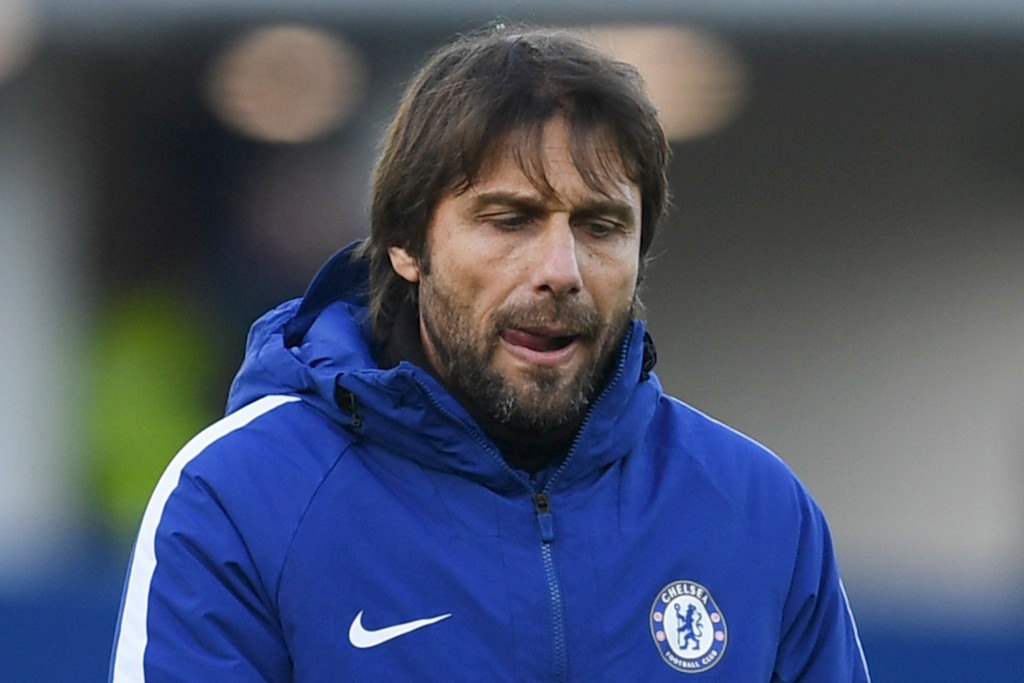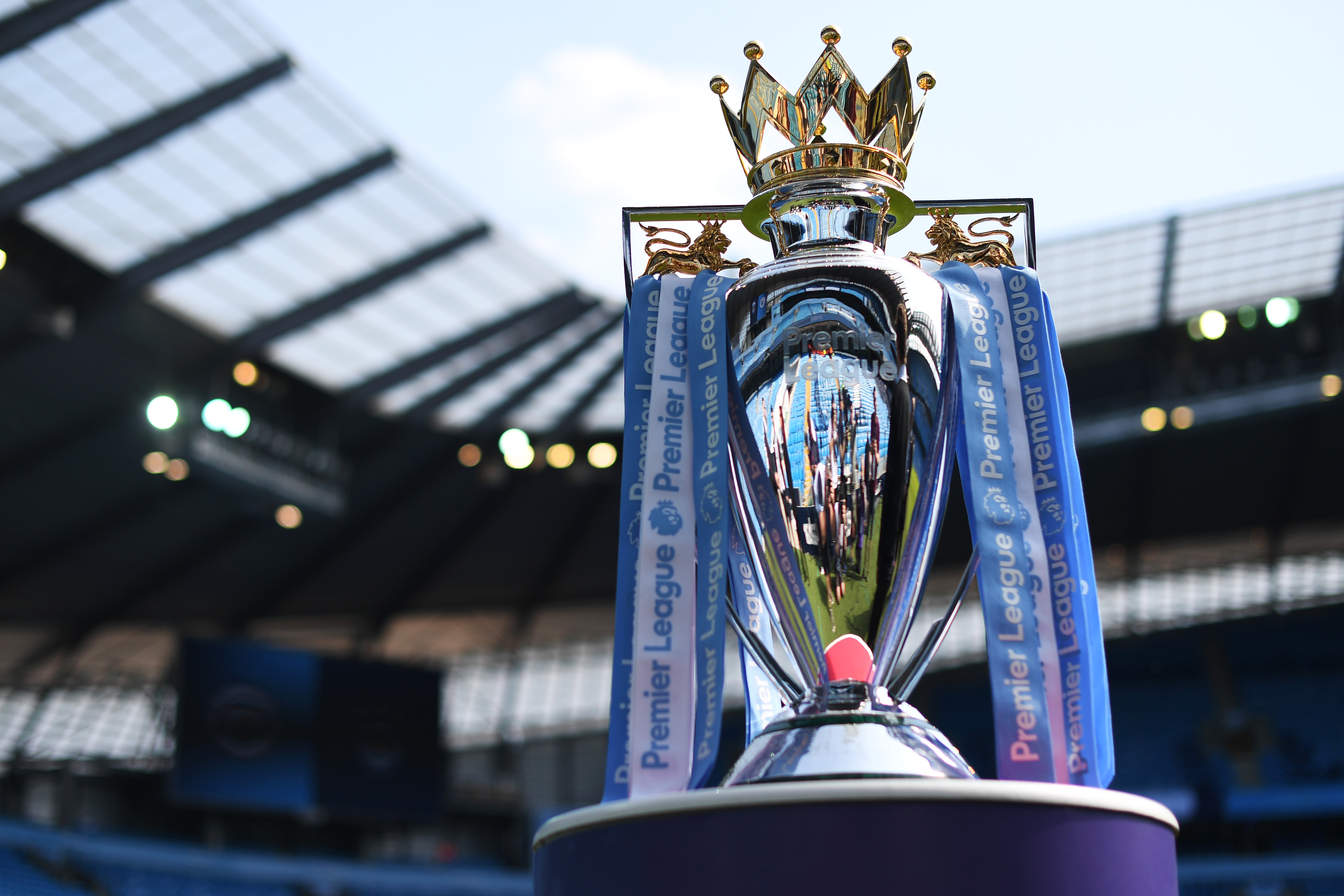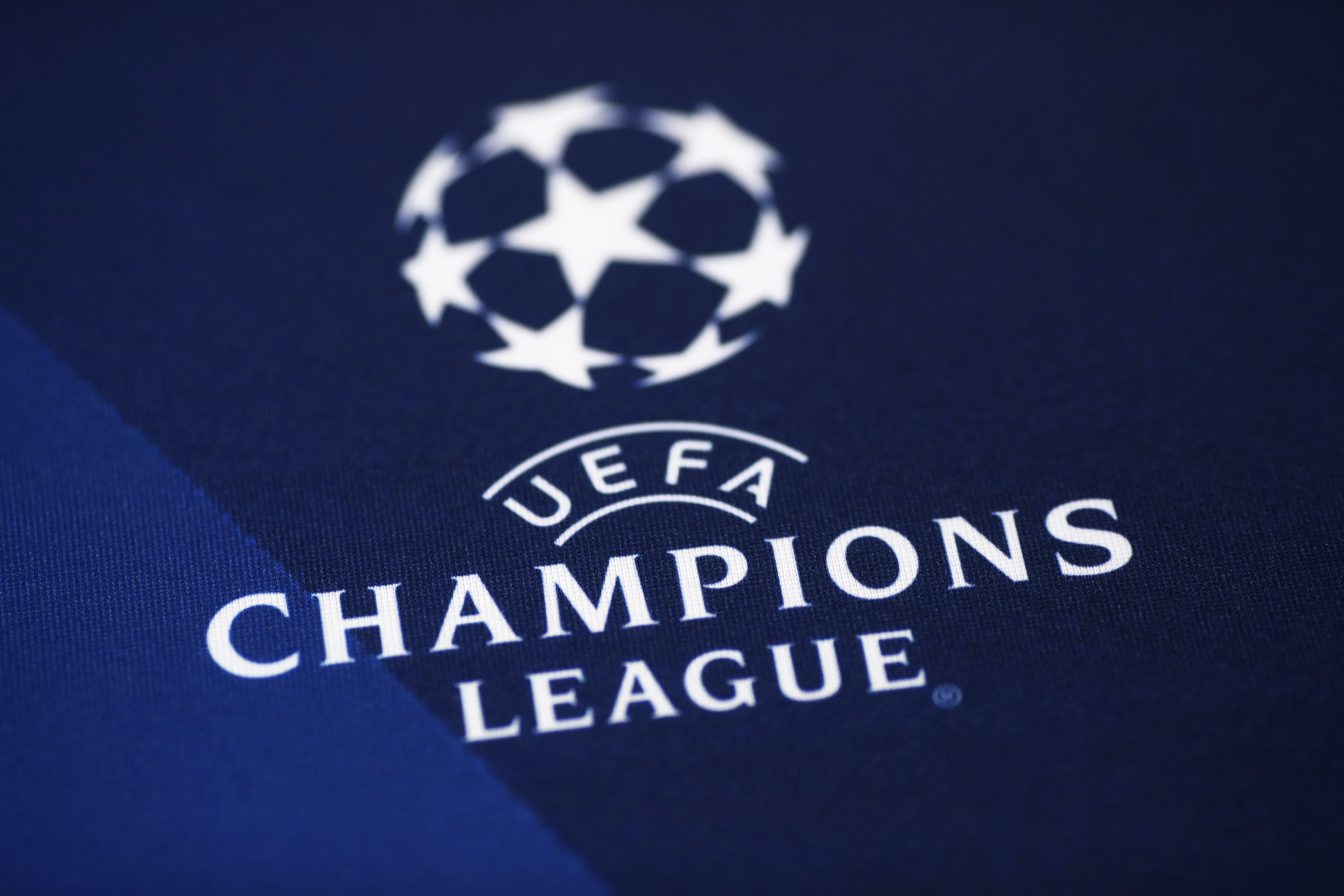The Hard Tackle analyses as to how a 3-4-1-2 formation could yield the best possible results for Chelsea and Antonio Conte going forward.
Antonio Conte has had a rather bumpy 2017-18 campaign. The season had not even started when he was embroiled in the controversy surrounding the way Diego Costa was communicated that he was longer part of his plans at Chelsea, something that has already had its effect on the current campaign.
‘The Madman’ soon departed and with his exit, began the rumours of a potential return of Romelu Lukaku, who in all manners, seemed the perfect replacement for Costa. Lukaku opted to join Manchester United and Conte ‘had to settle’ for Alvaro Morata.

Now, Morata is by no means a poor signing. In fact, he was Manchester United’s first choice, with the Red Devils turning to Lukaku only after being put off by the ever-increasing price tag of the Spaniard.
But, Conte’s behaviour surrounding the Spaniard’s arrival had already hinted that he was not exactly the man he wanted, similar to the deadline-day arrival of Olivier Giroud, where Conte exclaimed that he will have to see how he will use the Frenchman.
While Conte had only positives to say of the former Arsenal man’s debut performance, he again pointed that the striker is not one that is a perfect fit in his philosophy, challenging Olivier Giroud to adapt to Chelsea’s style of play.
Nothing seemed to be working for Conte’s Chelsea since December and while many pointed to it being the ill-effects of a very public verbal feud with Jose Mourinho, some would say that it was a long time overdue.
And even now, with the club earning a 3-0 win over what was a struggling West Brom, there does appear to be a need for a slight change in their footballing philosophy to incorporate Giroud without compromising on their style of play.
The Hard Tackle puts forward a tweak, which in theory, could solve this issue – the introduction of a 3-4-1-2 formation.
On the prospect of Morata and Giroud playing together, Conte says it could happen if we decide to play with three midfielders, but it’s very early to say. #CHEHUL
— Chelsea FC (@ChelseaFC) February 15, 2018
While Conte has used it earlier, albeit with three central midfielders and Eden Hazard upfront as Morata’s partner, the manager now has at his disposal, in Giroud, who can be of more use in the said formation.
But, Eden Hazard has shown the pedigree to be significant while playing from a central position, which could be turned into a major positive in the 3-4-1-2. When played upfront, Hazard was often cramped for space, being guarded closely by defenders.
And while the Belgian is a master of close control, he too has found it difficult, more often than not, to operate in his usual way. His deployment in the hole could solve all the problems. Hazard can sit behind Morata and Giroud and pull all the strings while also having the space in front of him to dribble into.
The presence of Morata in the lineup can alleviate the need for Giroud to track back or be involved too heavily in the build up play, which can enable the wing-backs to fizz in crosses in hopes of finding a head, precisely of the Frenchman.
Successful take-ons in the League per 90 mins this season:
Eden Hazard (6.36)
Lionel Messi (5.5)
Neymar (7.18)Magic with the ball. ?♂️ pic.twitter.com/LNmqqMf0IR
— Squawka Football (@Squawka) February 13, 2018
Also, with Hazard occupying the hole and carrying the burden of creating chances on his shoulders, Conte can field two ball retrievers in midfield without worrying about compromising on the attacking and creative aspect of the football, which in turn will also provide more freedom to the wing-backs and unlock their attacking vigour.
The 3-4-1-2 will also provide more flexibility. In case of absence of any of the front three players, Cesc Fabregas can be incorporated by deploying him in the hole, which could work brilliantly. Fabregas is one of the best creative minds in the Chelsea dressing room and playing him that forward would alleviate the need to work as hard on the defensive front if he were to be brought in as a central midfielder.
The class that is Cesc Fabregas. You can never rush him when the ball is his. And he is sure to thread in a delicious pass. Your swear his game is in slow motion. Such brilliance!!
— Mmasekepe Matsebane (@SkepeMatsebane) February 12, 2018
Additionally, the presence of two strikers and Hazard will pose multiple problems for the opposition defence, which could be easily confused with some clever movement from any of the three. Giroud’s presence would require one or two defenders regularly tracking his movement in and around the box while Hazard’s runs will attract the defenders forward, which would in turn create space for Morata to move into and capitalise.
Giroud’s numbers back his ability to produce goals and good service will ensure that. While the Frenchman can be instructed to focus solely on the front-third, it would be up to Morata and Hazard to open up the space behind Giroud and use it to their advantage.
Also, by no means does Giroud not have the ability to be part of the build-up play. At Arsenal, he was a part of every sumptuous goal that made the fans jump up from their seats – the team goal against Norwich or his scorpion kick against Crystal Palace.
Come to look at it, Conte will not have to insert many tweaks to convert to a 3-4-1-2 with Hazard in the hole, but it could be a tactic that perhaps sees Chelsea secure a better finish to the 2017-18 campaign – in the Premier League, FA Cup and aid their battle against Barcelona in the Round of 16 tie in the Champions League as well.




